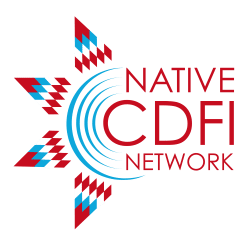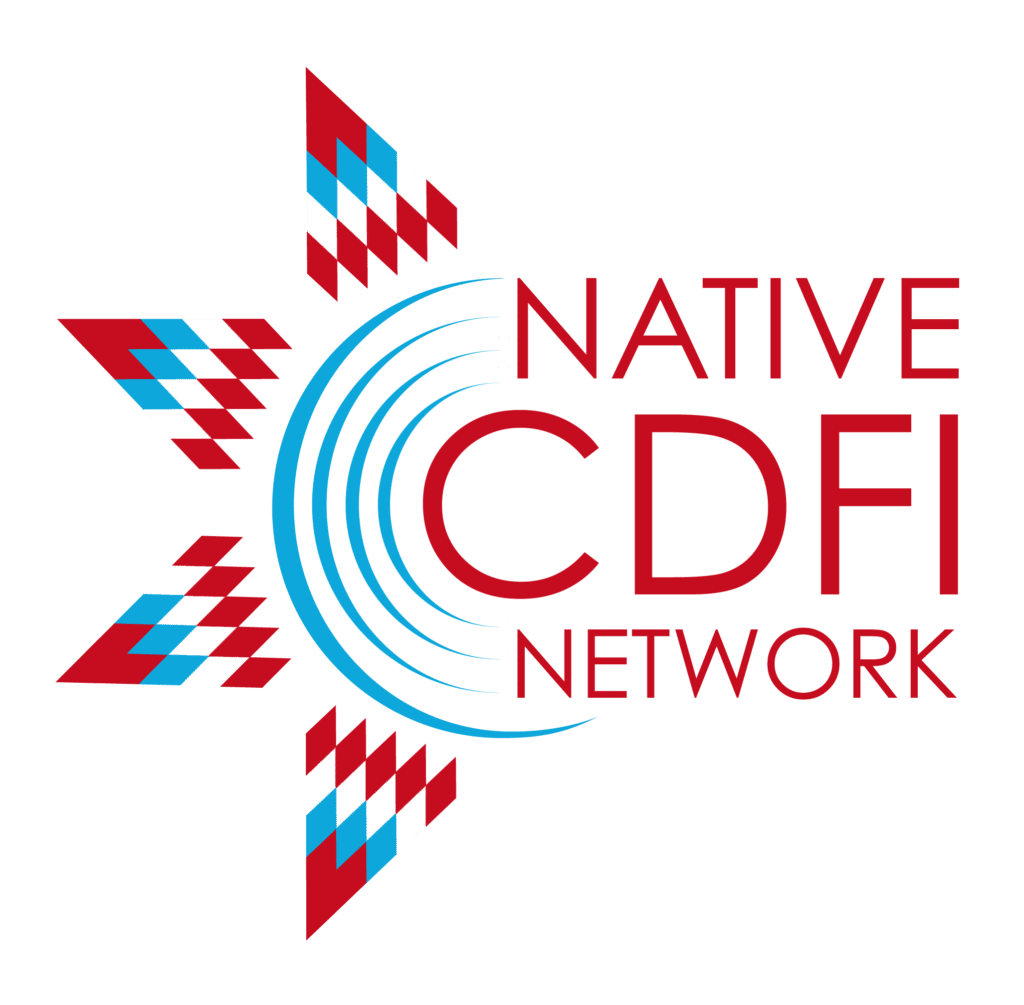Yesterday, the U.S. Department of the Treasury released an update on how Treasury’s community finance related efforts are supporting underserved communities throughout the country.
Recent Funding Opportunities
Since early 2021, Treasury has implemented programs that have made available a historic amount of funding to mission-driven organizations to open access to capital for financially underserved borrowers and economically distressed geographies. The CDFI Fund has provided funding for the following programs:
-
Emergency Capital Investment Program (ECIP) – $8.5 billion
-
Rapid Response Program and the Equitable Recovery Program – $3 billion
-
Financial Assistance program, the Bank Enterprise Awards, Capital Magnet Fund, and the Small Dollar Loan Program – $1.4 billion
-
CDFI Bond Guarantee Program – $755 million
-
New Markets Tax Credit (NMTC) Program – $15 billion in tax credit allocations
-
State Small Business Credit Initiative – $8.2 billion and $251 million in funding for Tribal government capital programs
-
Greenhouse Gas Reduction Fund – $27 billion
Approach to Equitable Growth
Treasury’s approach to community finance policy has been crafted to advance broad-based equitable growth, a key goal of Treasury’s Strategic Plan, and has been deeply informed by Treasury’s Office of Racial Equity and the Office of Tribal and Native Affairs. The following six key principles have served as a foundation for this approach to equitable community finance:
-
Establish responsible financing standards by updating the CDFI certification application and process.
-
Defined and prioritized lending to the most underserved communities as “deep impact lending“.
-
Collect disaggregated demographic data to better understand how community lenders are impacting diverse segments of a financially underserved community.
-
Encourage equitable community engagement to help recipients of Treasury funding align their own policies and strategies with the needs and context of the beneficiaries they seek to serve.
-
Support capacity building by building the capacity of borrowers and their lenders.
-
Coordinate with interagency partners and the private sector.
The Results
In October 2023, Treasury announced that the first round of ECIP reporting showed that in approximately the last six months of 2022, one-third of total originations by ECIP participants were “deep impact” loans, made to the hardest-to-serve borrowers, totaling approximately $8.5 billion. In December 2023, Treasury, the IRS, and the Department of Energy announced that in the initial application period for solar and wind facilities through the IRA’s Low-Income Communities Bonus Credit Program, the program received more than 46,000 applications for new energy facilities located in low-income communities, on Indian land, as part of affordable housing, or directly benefitting low-income households, representing more than 8 gigawatts of generation capacity. Also, a recent Treasury analysis showed that, since the passage of the IRA, clean investments have been landing in more economically disadvantaged counties, including areas with a history of fossil fuel production.
To read the full article about Treasury’s approach to equitable community finance, click here.

